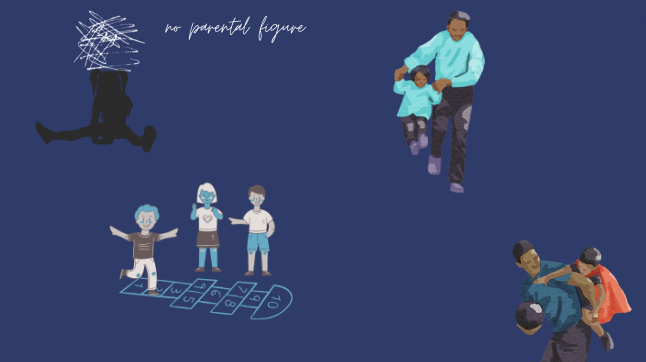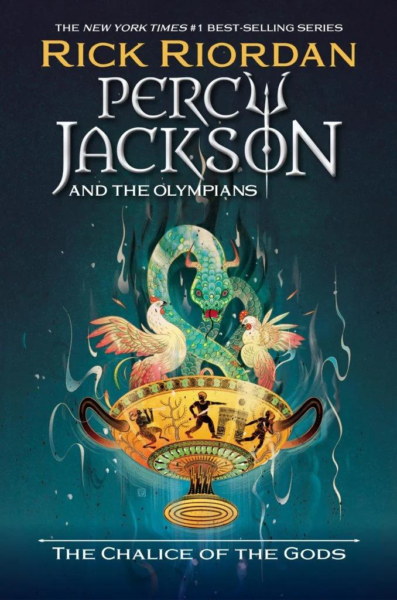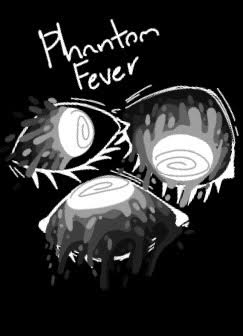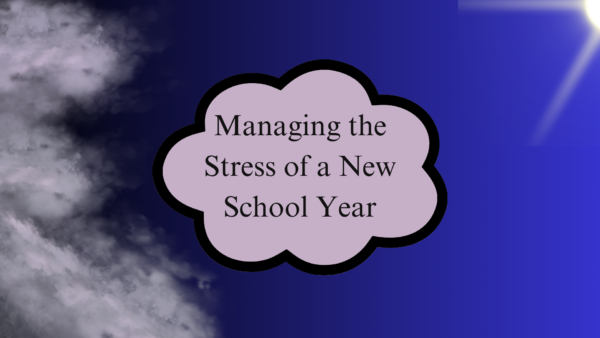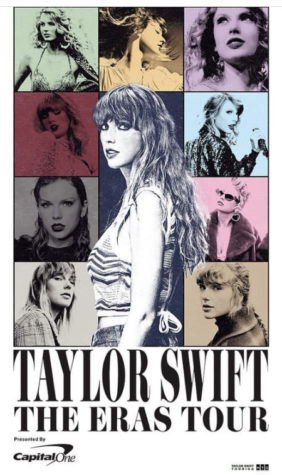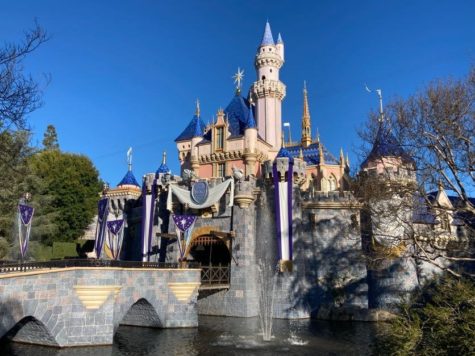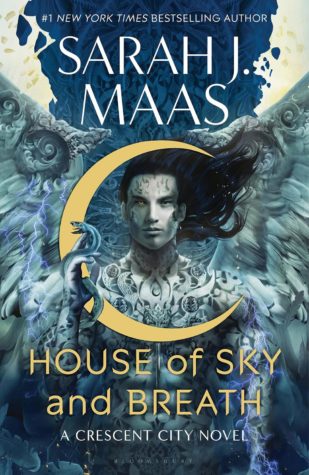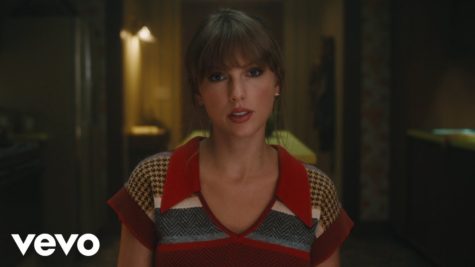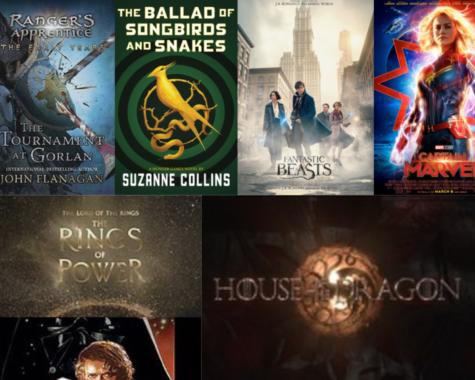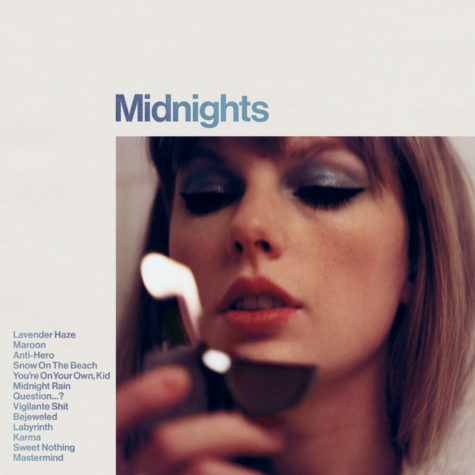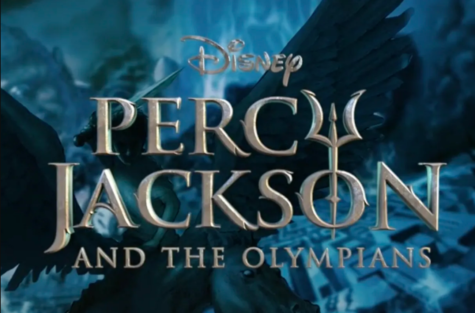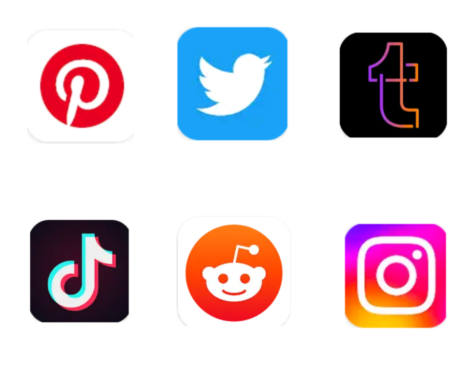The Blood and Bones of Dungeons and Dragons

December 6, 2021
As pop culture moves forward, the table-top role-playing game Dungeons and Dragons has always seemingly resurged.
To start, you would need what is called a Game Master (GM). The GM is responsible for creating a world in their imagination. This world does not have to be confined to the limits of reality. Some would argue it makes it more fun when things like the laws of physics are thrown out the window.
You will also need a group of people called an adventuring party. These figures are who will help shape your story.
In this game, players are tasked with quests, adventures, and trials that are meant to test their in-game characters to the best of their abilities.
Abilities are determined by a series of dice rolls that are then added up to form their ‘Ability Scores.’ These scores have modifiers, and these modifiers are connected to the characters ‘Skills.’
These Ability Scores are Strength, Dexterity, Constitution, Intelligence, Wisdom, and Charisma. With those abilities, you can determine what each of your character’s skills will be.
When creating a character, you are also meant to choose one of the 12 basic classes: Bard, Barbarian, Cleric, Druid, Fighter, Monk, Paladin, Ranger, Rogue, Sorcerer, Warlock, and Wizard.
Of these, there are two groups; Magical, and Nonmagical. With the former being able to cast spells and incantations, and the latter being unlikely to learn any magic without specific features being added, or if your character chooses one of the few non-magical subclasses that allow you to cast some spells.
Many parties will strive to have a balance of some sort of Magical Damage Dealer, a Tank or Heavy Physical Damage Dealer, a Healer, and someone who can handle things outside of combat. This comes into play when certain characters will use a ‘Skill Check’ or an ‘Ability Check.’
This can be easy to do if you have something like a Rogue or a Bard, as they will gain a feature called Jack of All Trades. This allows you to have an addition to all of your skills, and even though it is only a small amount of difference, it can help when you need to just barely pass a threshold set up by the GM.
Each character has another set of features that are derived from what is called a ‘Race.’ These races differ from our real-life races in that they act like species more than a literal race.
This has lately caused controversy in the community as the fanbase has realized that this can be taken in the wrong way very easily. As such, the creators of the game, Wizards of the Coast (WotC), have begun changing out the older Races and are replacing them with the term ‘Lineages.’
The community has jumped at this change as this will also add more diversity in how the different Lineages can behave in the game.
The Lineages are more flexible and can be changed to fit each character perfectly. When doing this, Races were set up with single option Traits that would add or detract from the player’s rolls and can allow them to do other things to reflect their actions. But with Lineages, we now are getting a few options when making these characters.
The different Races provided in the basic game without purchasing added content and sourcebooks are:
- Aarakocra
- Aasimar
- Dragonborn
- Dwarf
- Elf
- Genasi
- Gnome
- Goliath
- Half-Elf
- Half-Orc
- Halfling
- Human
- Tiefling
These are among the many Races that have been created. With others being parts of sourcebooks and game test materials that WotC has dubbed ‘Unearthed Arcana.’
After these things are complete, you are ready to start your Dungeons and Dragons adventure! Just make sure you roll high and do not anger the GM.

